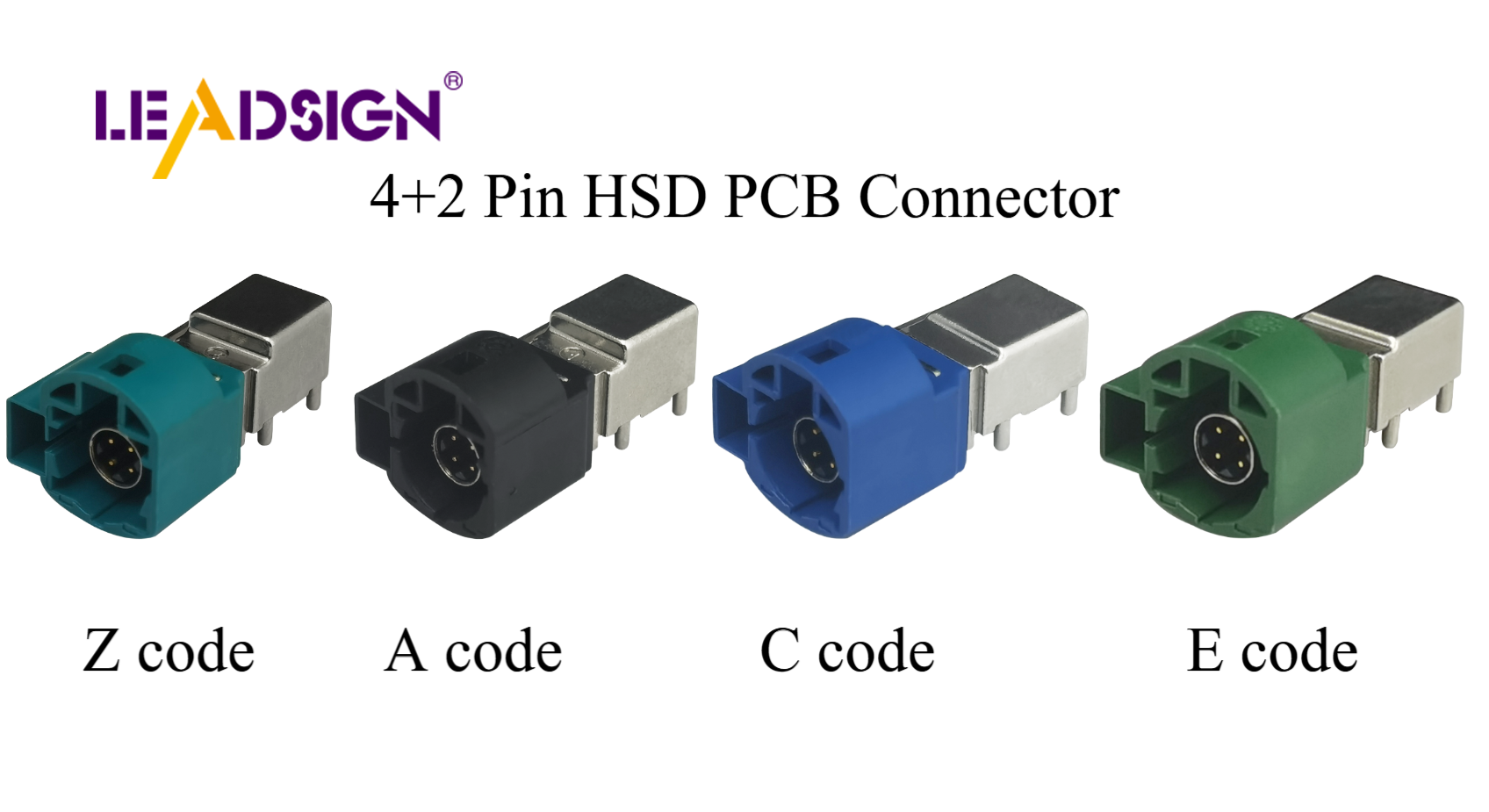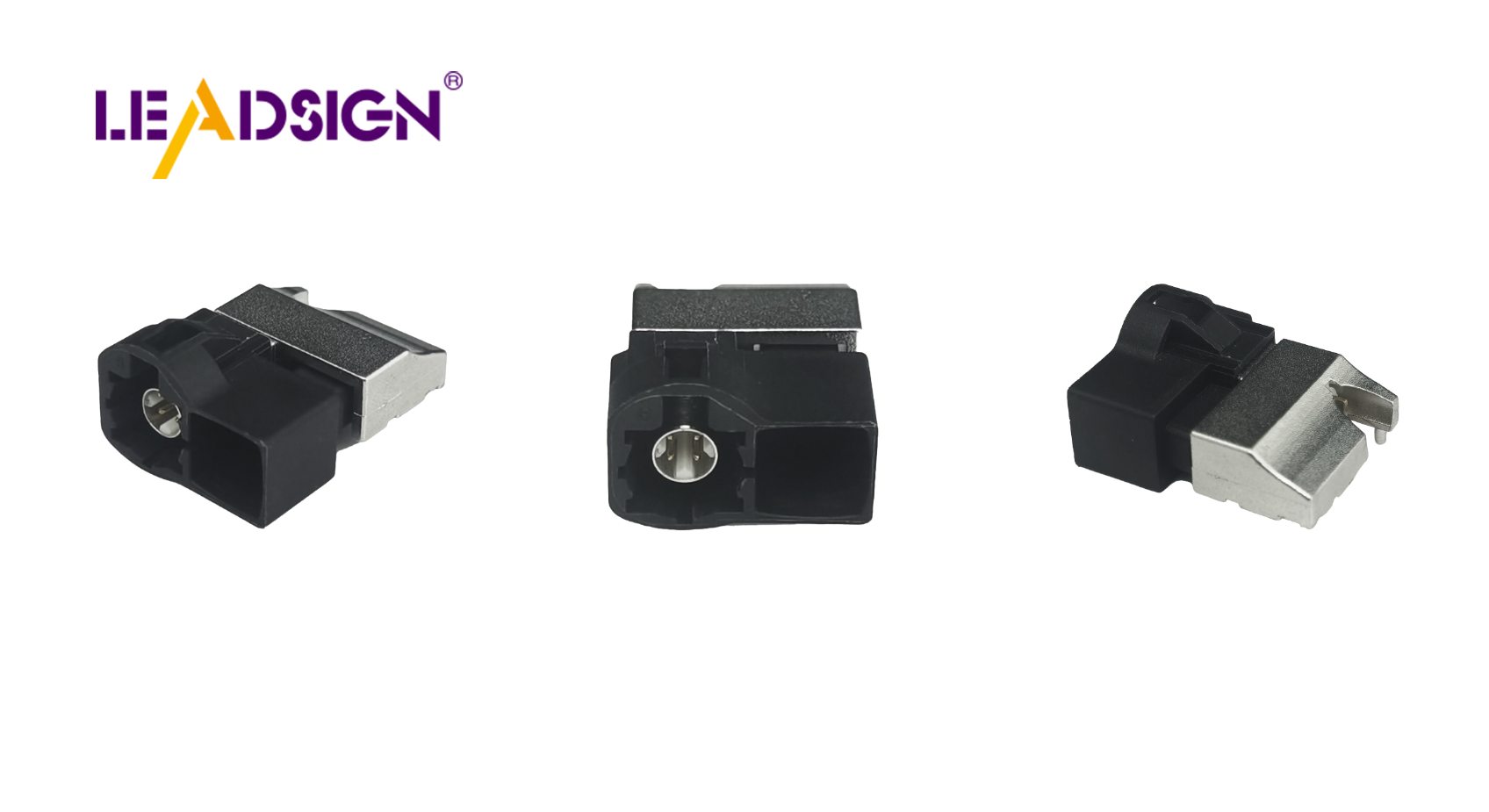What Makes High-Speed Data Connectors Essential for Custom Automotive Wiring Harnesses

Modern cars use High-Speed Data (HSD) connectors and cables to link smart systems. These connectors help share data for features like ADAS and infotainment. They also support V2X communication for better car functions. They follow important rules like ISO 26262, LVDS, and Ethernet. Their strong design meets needs for self-driving and electric cars. They also improve how cars connect with each other.
Key Takeaways
High-speed connectors help send data quickly for smart car systems.
They are made to handle harsh car conditions and last long.
As tech improves, these connectors will get smaller and faster.
They will support new connected and electric cars in the future.
Understanding High-Speed Data (HSD) Connectors and Cables
What Are High-Speed Data Connectors?
High-speed data (HSD) connectors and cables move large amounts of data fast. They connect different systems in a car, like sensors and cameras. These connectors are very important for modern cars. They help systems like ADAS, infotainment, and V2X work smoothly. They can transfer data at speeds of 10Gbps or more. Unlike older connectors, HSD connectors stop problems like signal loss and interference. This keeps the data flow steady and reliable.
Key Features and Technical Specifications
High-speed connectors are strong and made for tough conditions. They can handle heat, cold, and vibrations in cars. Their design makes them last a long time. Important features include:
Advanced shielding to block interference and keep signals clear.
Precise impedance control to stop signal loss and reflection.
Crosstalk reduction to avoid mixing signals between wires.
High cable retention force to keep connections secure.
These connectors use special contact types like Quadrax and Twinax. These help them work well in hard conditions and with high data needs. Strong materials like polyamide make them durable and resistant to damage.
Types of High-Speed Connectors in Automotive Applications
There are different kinds of high-speed connectors for cars:
HSD connectors for ADAS, infotainment, and V2X systems.
Coaxial connectors for fast data in safety systems.
RF connectors for V2X communication.
Fiber optic connectors for very fast data without interference.
USB connectors for sending both data and power.
Each type has a special job to help cars handle more data needs.
Role of High-Speed Data Connectors in Custom Automotive Wiring Harnesses

Helping Advanced Vehicle Systems (ADAS, Infotainment, V2X)
High-speed data connectors are key for advanced car systems. They help electronic parts talk to each other smoothly. This supports systems like ADAS, infotainment, and V2X communication.
They send data very fast, up to gigabits per second. This speed is needed for ADAS to work well.
These connectors keep data fast, safe, and clear for in-car communication.
They allow sensors, cameras, and controls to share data easily. This is important for modern car networks.
With these features, high-speed connectors improve car designs. They make sure signals for safety and entertainment are steady and reliable.
Making Sure Data Stays Reliable
Reliability is very important for high-speed data in cars. These connectors are built to handle tough car conditions like heat and shaking. Their strong design makes them last a long time.
They send data at high speeds, perfect for advanced car systems.
Small designs save space, great for electric and hybrid cars.
They work with new tech like 5G and V2X for easy use in modern cars.
Using HSD cables ensures data stays reliable. This is crucial for safety and entertainment in vehicles.
Matching Modern Car Standards and Rules
High-speed connectors follow today’s car standards. They work with cables that meet the needs of ADAS and infotainment systems. These connectors send real-time data, which is important for connected cars and electric car batteries.
They handle fast data while following industry rules. This makes them a must-have for car connectors. As cars get smarter, the need for these connectors will grow. They ensure car systems stay reliable and work well together.
Benefits and Challenges of High-Speed Data Connectors
Benefits: Smarter, Safer, and Better-Performing Cars
High-speed data connectors make cars smarter and safer. They send data very fast, helping systems like ADAS and infotainment work quickly. This speed is important for safety features like emergency braking and lane warnings.
These connectors also improve battery systems and power controls. They help electric cars use energy better and charge faster. With low delays and high data capacity, they make connected car technology work smoothly.
For electric and hybrid cars, these connectors save energy and stay reliable. They support advanced systems even in tough conditions.
Challenges: Toughness, Weather Resistance, and Cost
Making high-speed connectors for cars is not easy. They must handle heat, shaking, and wet or dirty conditions. Strong materials like metals and plastics stop damage and rust. Seals like gaskets keep out water and dirt.
Another problem is making them small. Cars are getting smaller, so connectors must fit tight spaces. This is tricky for electric cars with big batteries and electronics.
New tech like 5G and V2X makes things harder. Connectors must work with these systems while saving energy and staying eco-friendly.
Future Trends: Smaller Sizes, Faster Speeds, and New Tech
The future of these connectors is about being smaller and faster. Tiny connectors are needed for smart dashboards and infotainment systems. Smaller sizes also make cars lighter, saving fuel and battery power.
New cables mix fiber optics for data and copper for power. These fix signal problems and handle speeds up to 224 Gbps, twice as fast as now.
Tech like 5G and IoT will change connector designs. They will help cars share data with devices in real time. This will improve self-driving and connected car systems. As people expect more, these connectors will keep getting better.
High-speed data connectors help smart cars share information easily. They move big amounts of data between cameras and sensors quickly, up to 10Gbps. This speed is crucial for ADAS and live systems.
As 5G and IoT grow, these connectors will improve. They will manage more data and shape the future of connected cars.
FAQ
What is an HSD cable, and why is it important in vehicles?
An HSD cable sends data quickly between car systems. It helps features like ADAS, infotainment, and V2X work better. This improves how safe and efficient cars are.
How does an HSD cable improve data reliability?
An HSD cable has special shielding to block interference. It also controls signals to stop data loss. This keeps data steady and clear in cars.
Can an HSD cable handle tough automotive conditions?
Yes, an HSD cable is built to last. It can handle heat, shaking, and wet conditions. This makes it perfect for modern cars.
See Also
Boosting Automotive Data Flow With High-Speed Connectors
Why HSD Connectors Are Crucial For Automotive Applications
Benefits Of High-Speed FAKRA-Mini Connectors In Vehicles

